Wudang Mountains: China’s Sacred Taoist Sanctuary
Where Kung Fu Meets Spirituality and Nature
Introduction
Nestled in the misty peaks of Hubei Province, the Wudang Mountains (武当山) are a UNESCO World Heritage Site and the spiritual birthplace of Taoism and Chinese martial arts. For over 1,500 years, these mountains have drawn pilgrims, philosophers, and adventurers seeking harmony with nature and enlightenment through the ancient practices of Tai Chi and Kung Fu.
Why Visit?
- Explore China’s most iconic Taoist temples, blending philosophy with breathtaking architecture.
- Walk the trails where legends of martial arts masters like Zhang Sanfeng were born.
- Discover a living cultural landscape where mist-clad peaks, sacred forests, and timeless traditions coexist.
History & Significance
The Cradle of Taoism
The Wudang Mountains became a center of Taoist cultivation during the Tang Dynasty (618–907 AD). Emperors believed the mountains’ energy (qi) held the secret to immortality, leading to the construction of the “Imperial Temple Complex” – a network of 9 palaces, 8 temples, and 36 nunneries.
Key Legend:
According to folklore, the immortal Zhang Sanfeng (14th century) developed Tai Chi here after witnessing a crane and snake in combat, blending martial arts with Taoist principles of softness overcoming hardness.
Must-See Attractions
1. Golden Summit (金顶)
- Location: Peak of Tianzhu Feng (1,612m)
- Highlights:
- The Golden Hall, a bronze temple forged in 1416, survives lightning strikes and centuries of wind.
- Sunrise views over a sea of clouds – a spiritual awakening.
- Tip: Take the cable car or challenge the 3-hour hike up 8,000 stone steps.
2. Purple Cloud Palace (紫霄宫)
- Best Preserved Ming Dynasty Palace
- Houses the Taoist Music Academy; attend a ritual with chanting and traditional instruments.
- Admire dragon-carved stone pillars and statues of the Taoist pantheon.
3. Nanyan Temple (南岩宫)
- Dramatic Cliffside Architecture
- Walk the “Path to Heaven” – a narrow ledge leading to the Dragon Head Incense Burner, jutting over a 300m abyss.
- Legend: Lighting incense here grants wishes to the gods.
4. Wudang Kung Fu Academy
- Learn from Masters
- Join short-term courses in Tai Chi, Kung Fu, or Taoist meditation.
- Watch daily demonstrations of Wudang Sword and Qigong.
Natural Wonders
Seasons in Wudang
- Spring (Mar-May): Cherry blossoms and fog-shrouded peaks.
- Summer (Jun-Aug): Lush forests; ideal for waterfall hikes.
- Autumn (Sep-Nov): Golden maple leaves contrast with red temples.
- Winter (Dec-Feb): Snow transforms the mountains into a silent, meditative paradise.
Sacred Flora & Fauna
- Spot rare species like the Chinese giant salamander and golden pheasant.
- Ancient trees, some over 1,000 years old, are protected as “Taoist elders.”
Cultural Experiences
Taoist Rituals & Festivals
- March 3rd Lunar Festival: Celebrate the birth of Zhenwu Emperor with dragon dances and temple offerings.
- Daily Morning Rituals: Join monks at sunrise for chanting and Tai Chi.
Local Villages
- Zhoujia Alley: Traditional tea houses serving Wudang herbal tea (believed to boost longevity).
- Taoist Vegetarian Cuisine: Try dishes like “Tofu Brain” and wild mountain mushrooms.
Practical Travel Guide
Getting There
- Nearest City: Shiyan City (30km away).
- From Beijing/Shanghai: High-speed trains to Shiyan (5-7 hours), then bus/taxi to Wudang.
- Entry Fee:
- Peak Season (Apr-Oct): ¥240 (≈$35) includes temples and shuttle buses.
- Off-Season: ¥160 (≈$25).
Accommodation
- Luxury: Wudangshan Taihe Hotel – Ming-style architecture with mountain views.
- Budget: Temple guesthouses (e.g., Zixiao Gong Hostel) – basic but immersive.
Pro Tips
- Wear: Sturdy shoes for stone steps; layers for sudden weather changes.
- Respect: Bow slightly to monks; avoid pointing feet at statues.
- Language: Download translation apps – English signage is limited.
Plan Your Pilgrimage
Whether you seek martial arts mastery, a connection to ancient wisdom, or simply the serenity of nature, the Wudang Mountains offer a journey into the soul of China.
Start Your Adventure Today:
- Book guided tours with Taoist culture experts.
- Download our Wudang Trekking Map with hidden trails and meditation spots.
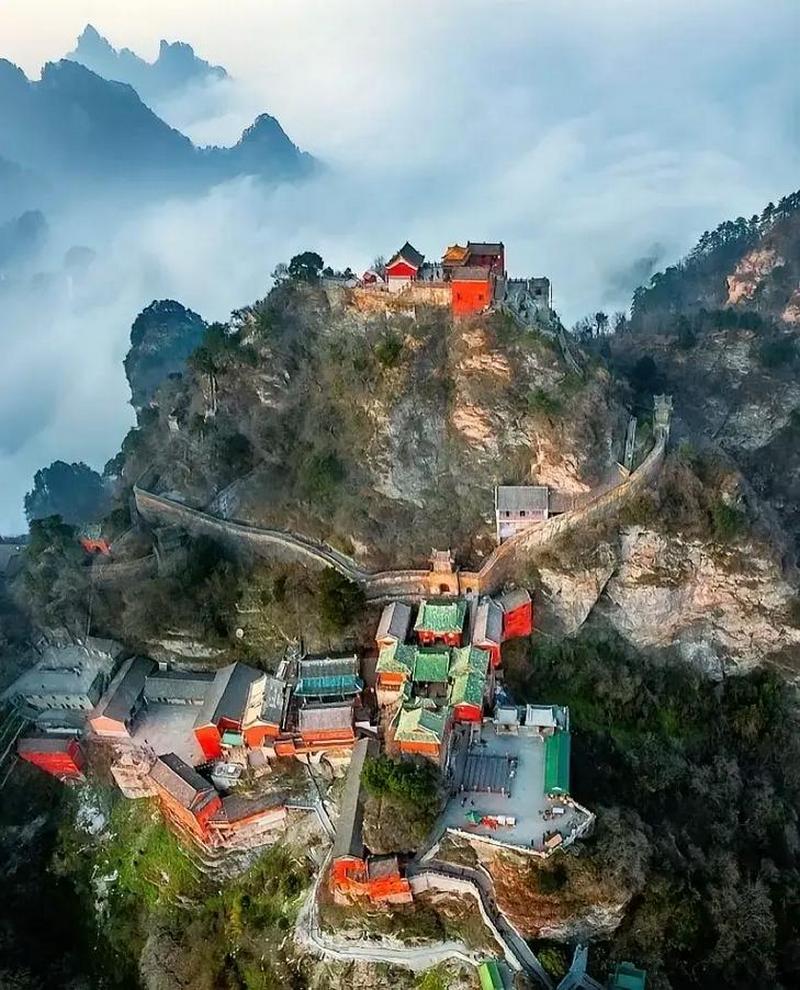
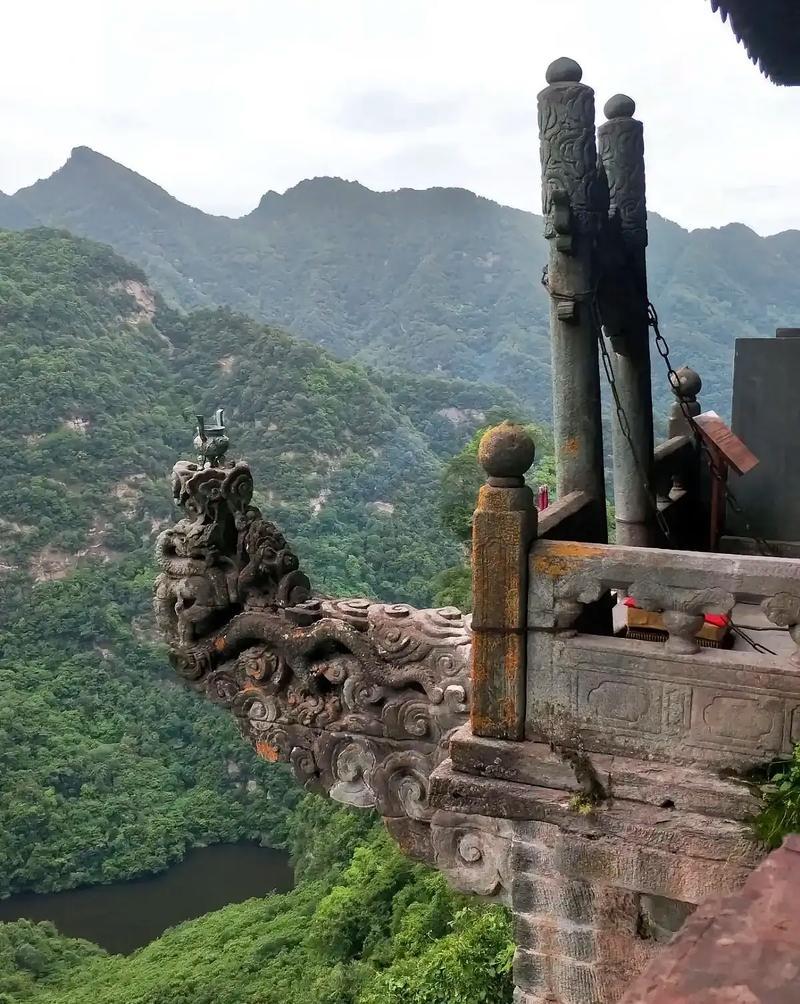

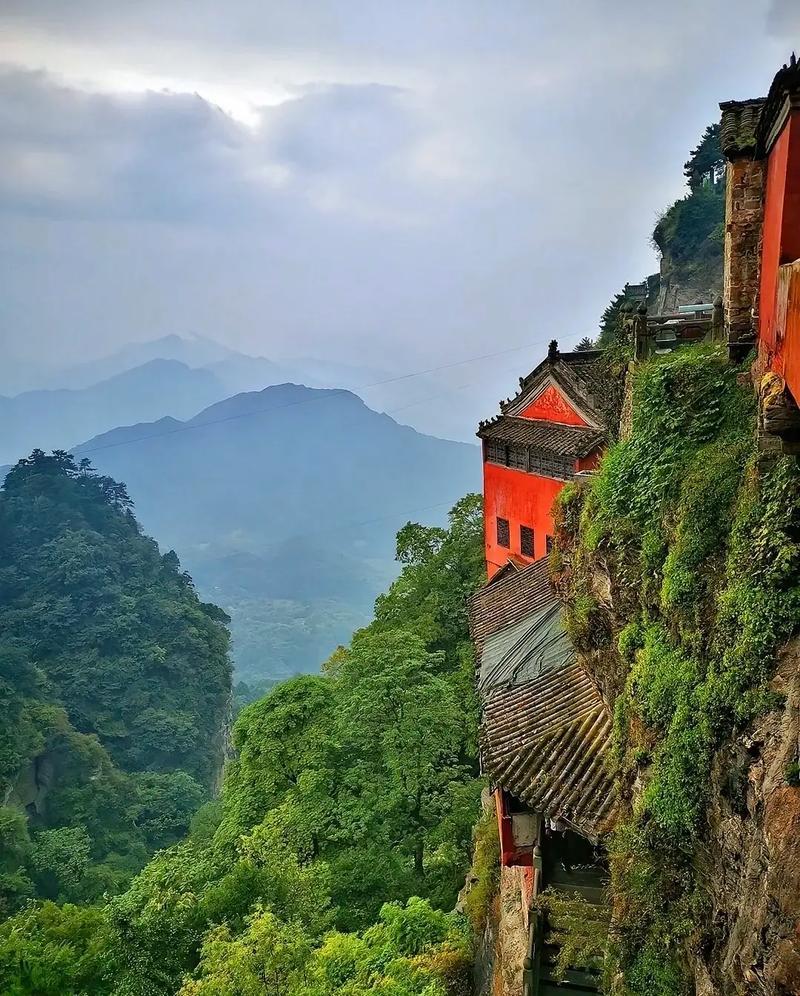



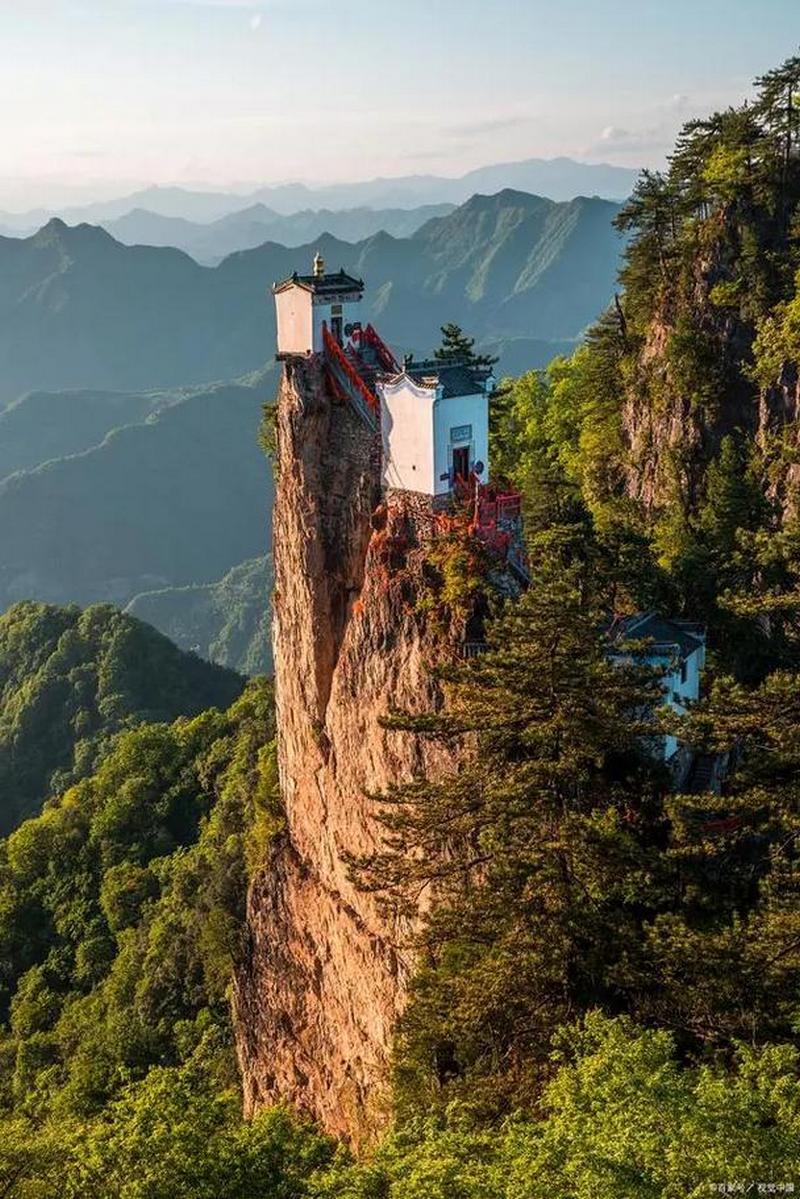
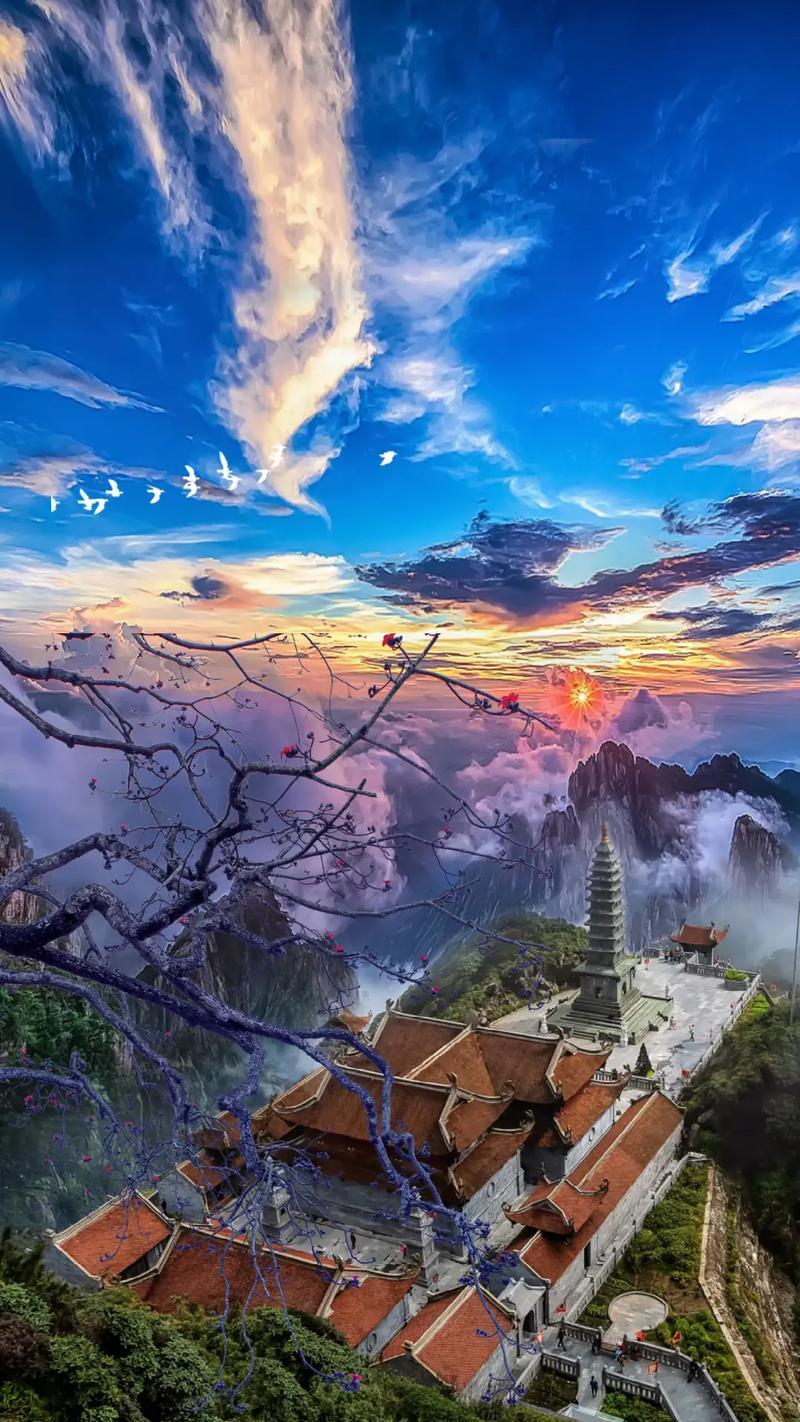


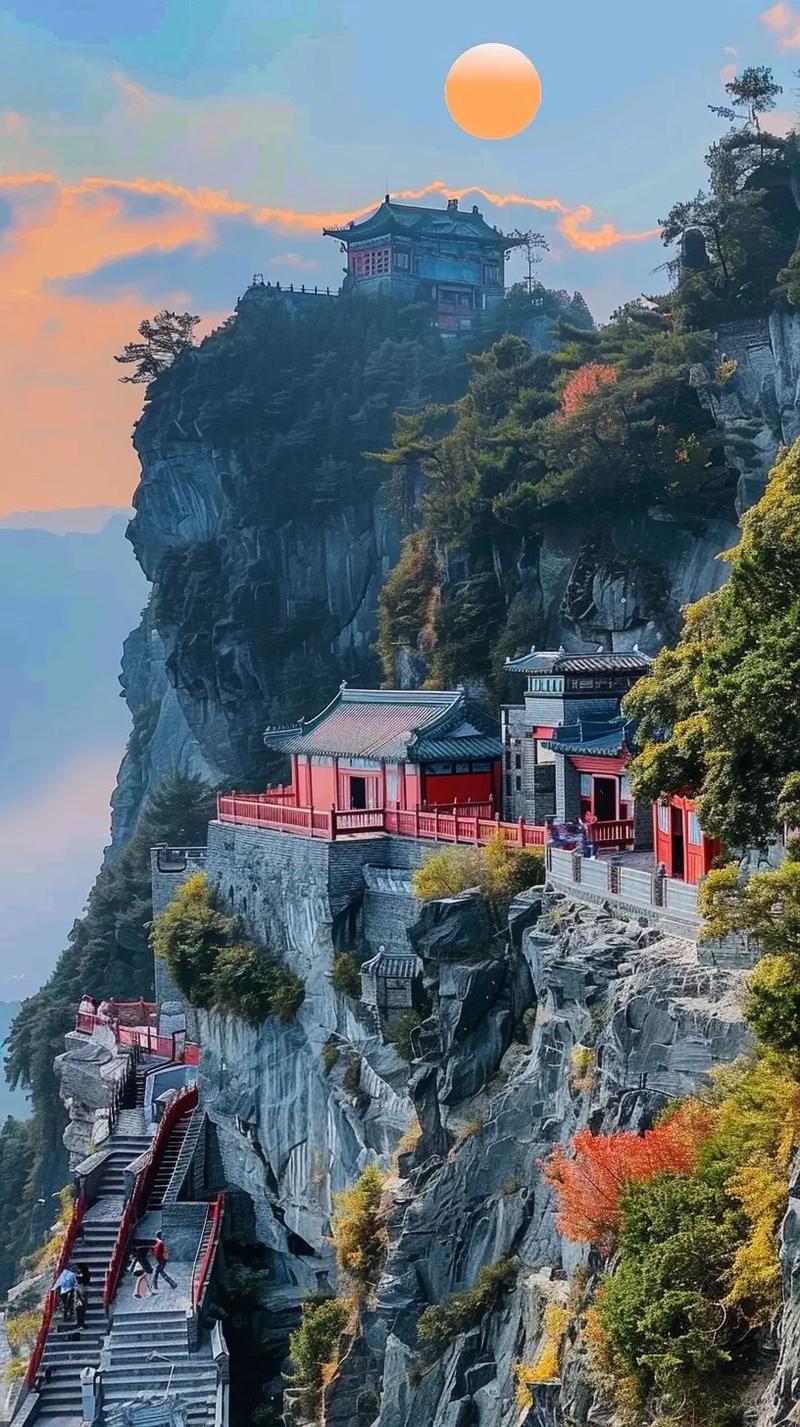
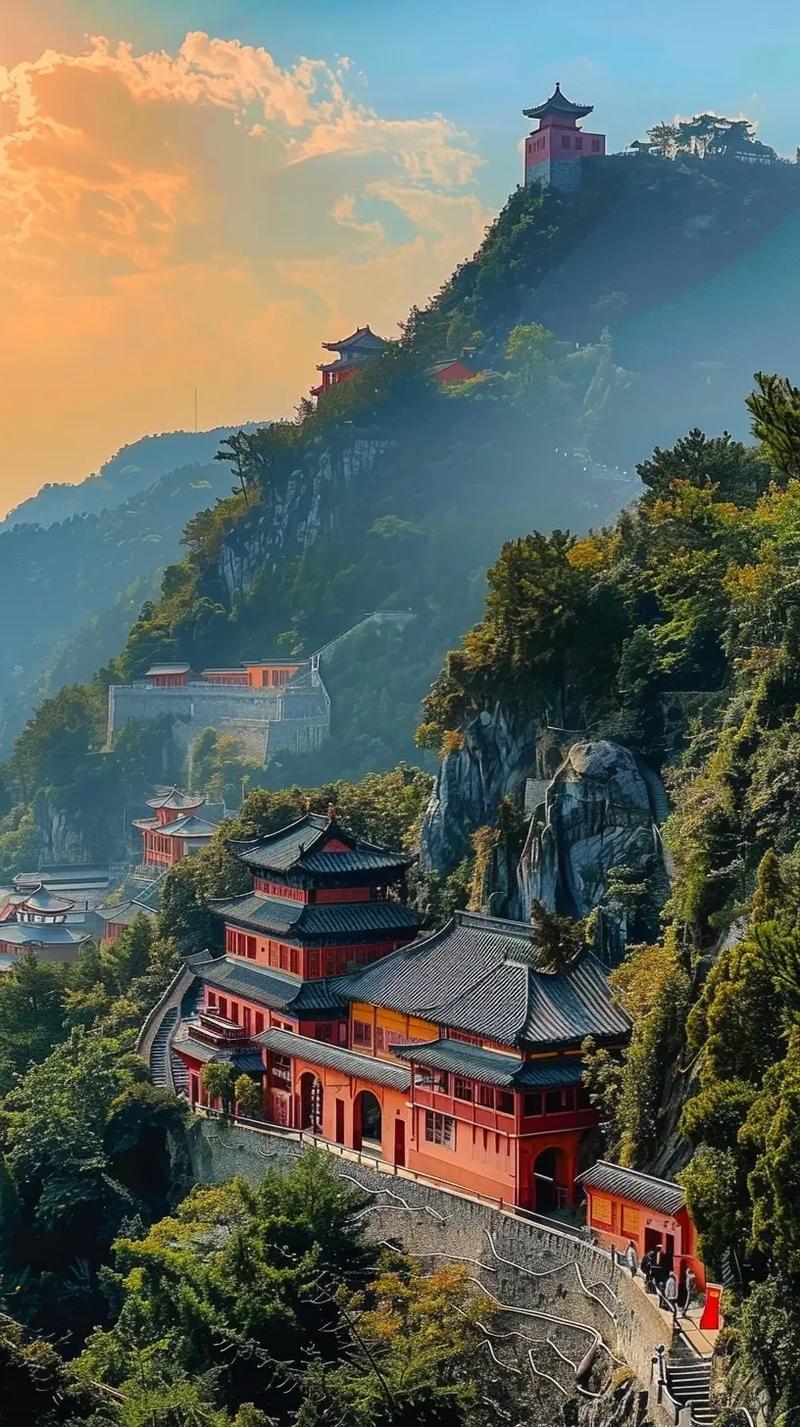
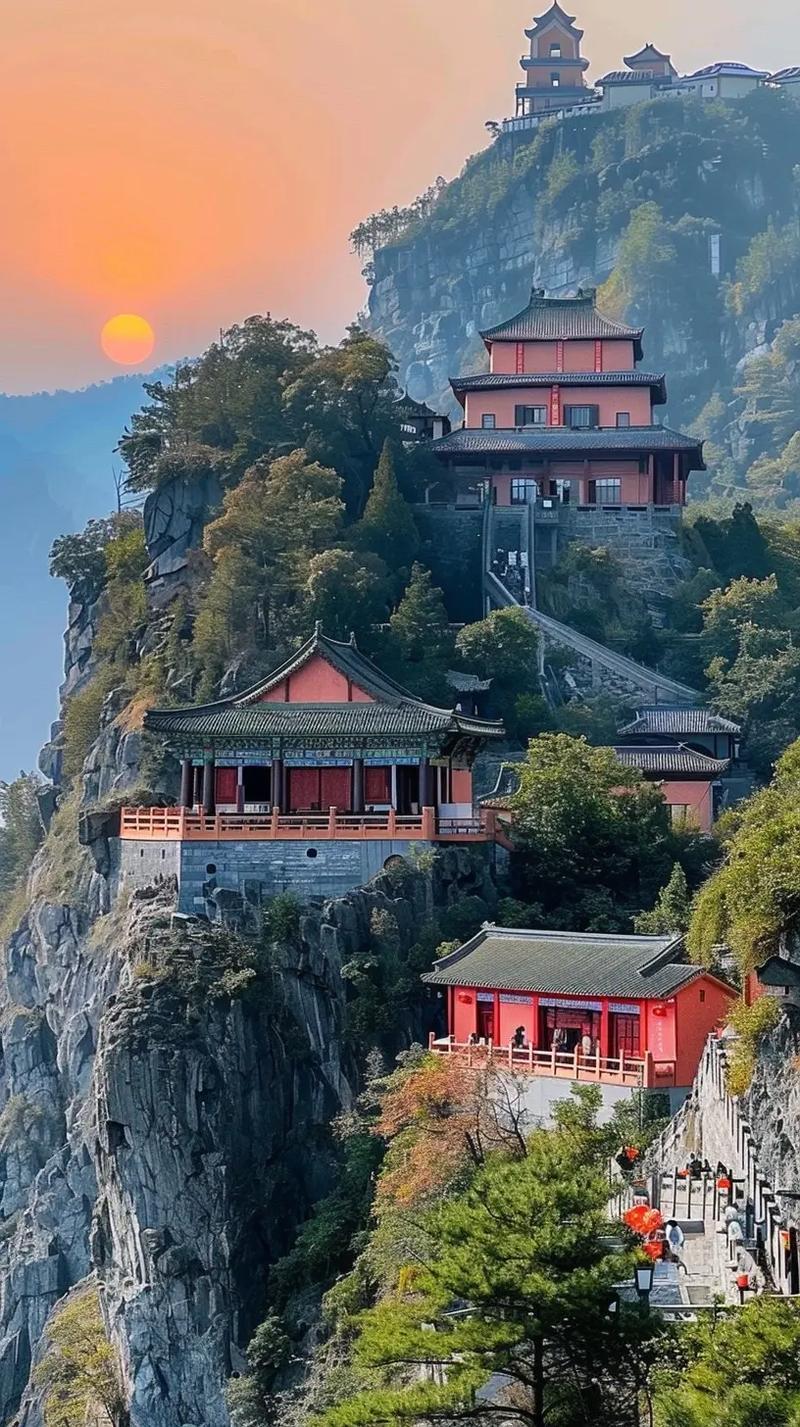

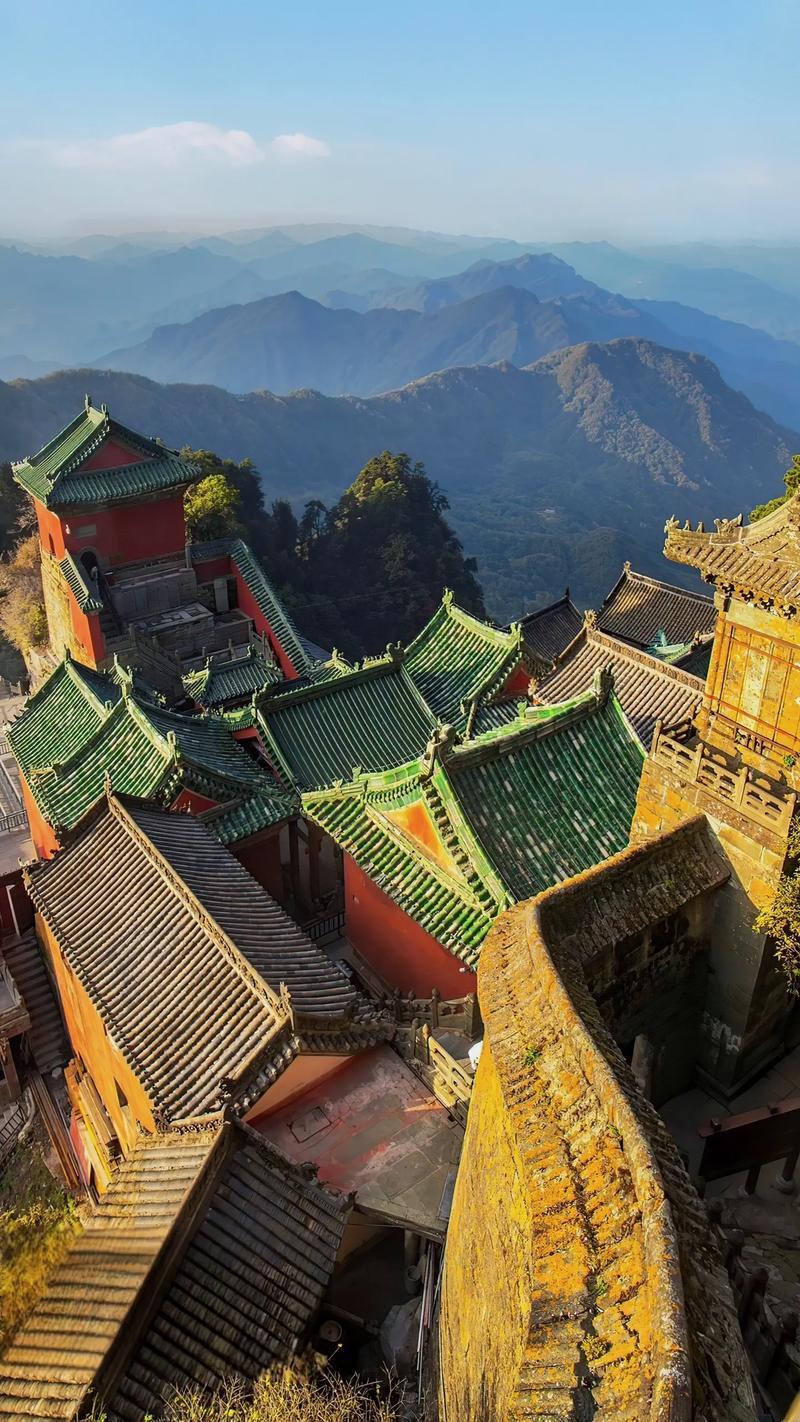

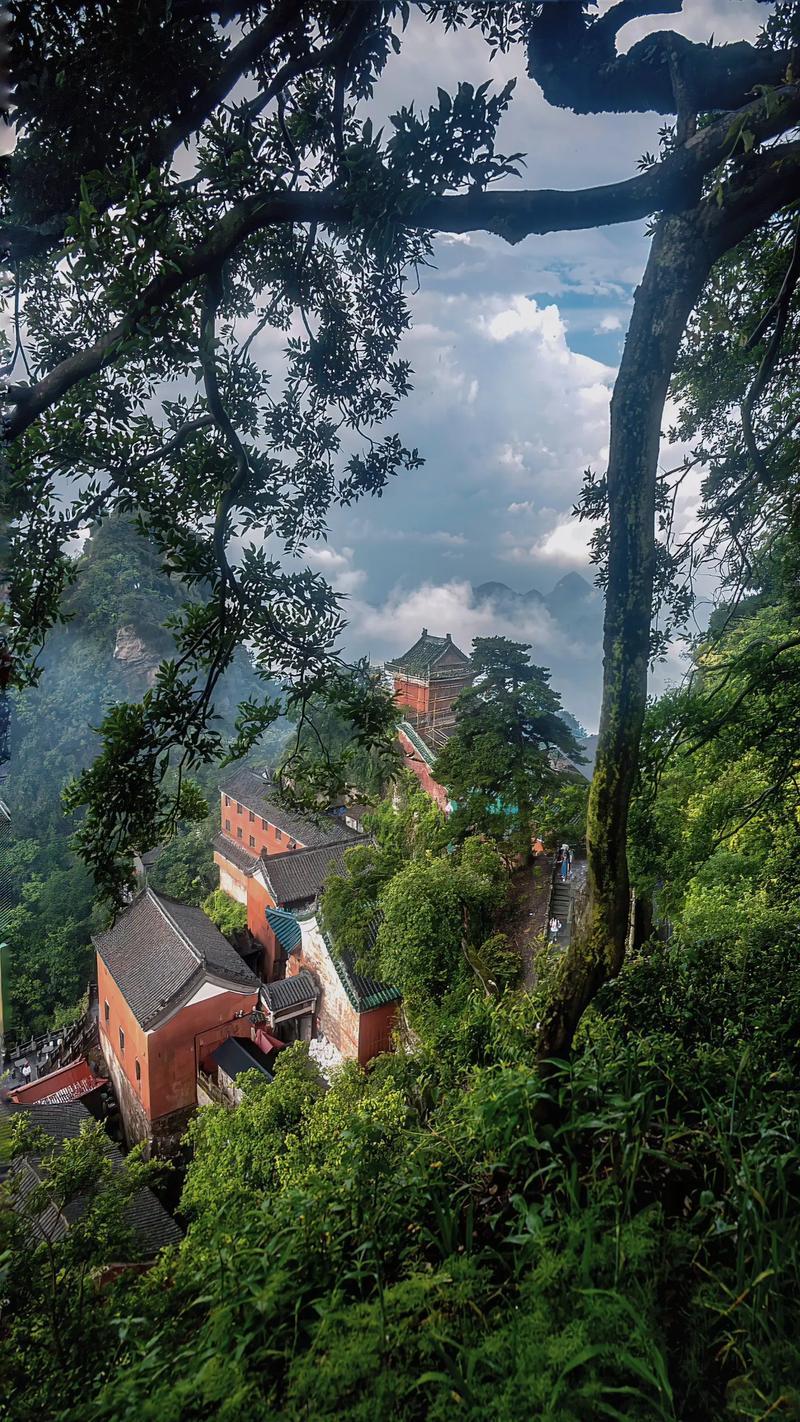
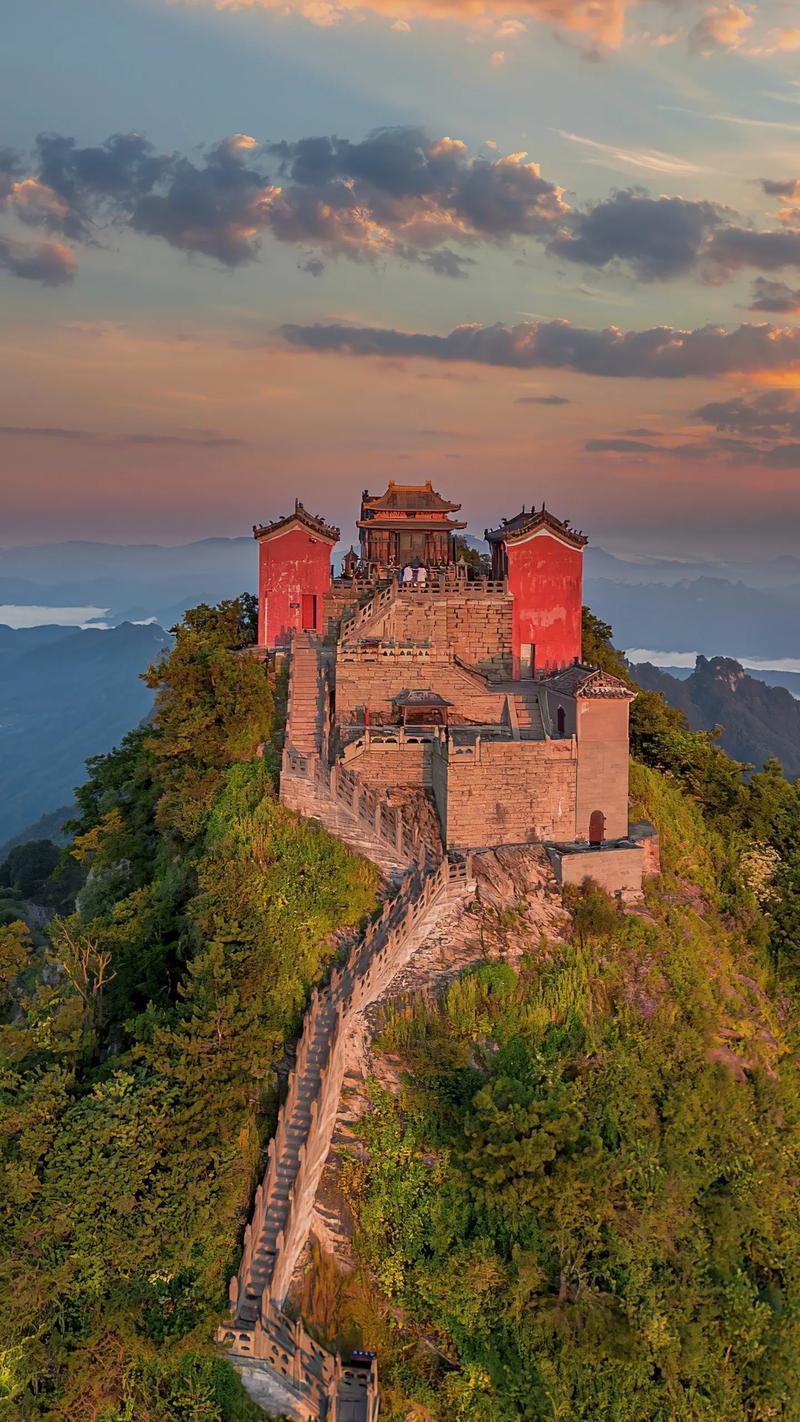
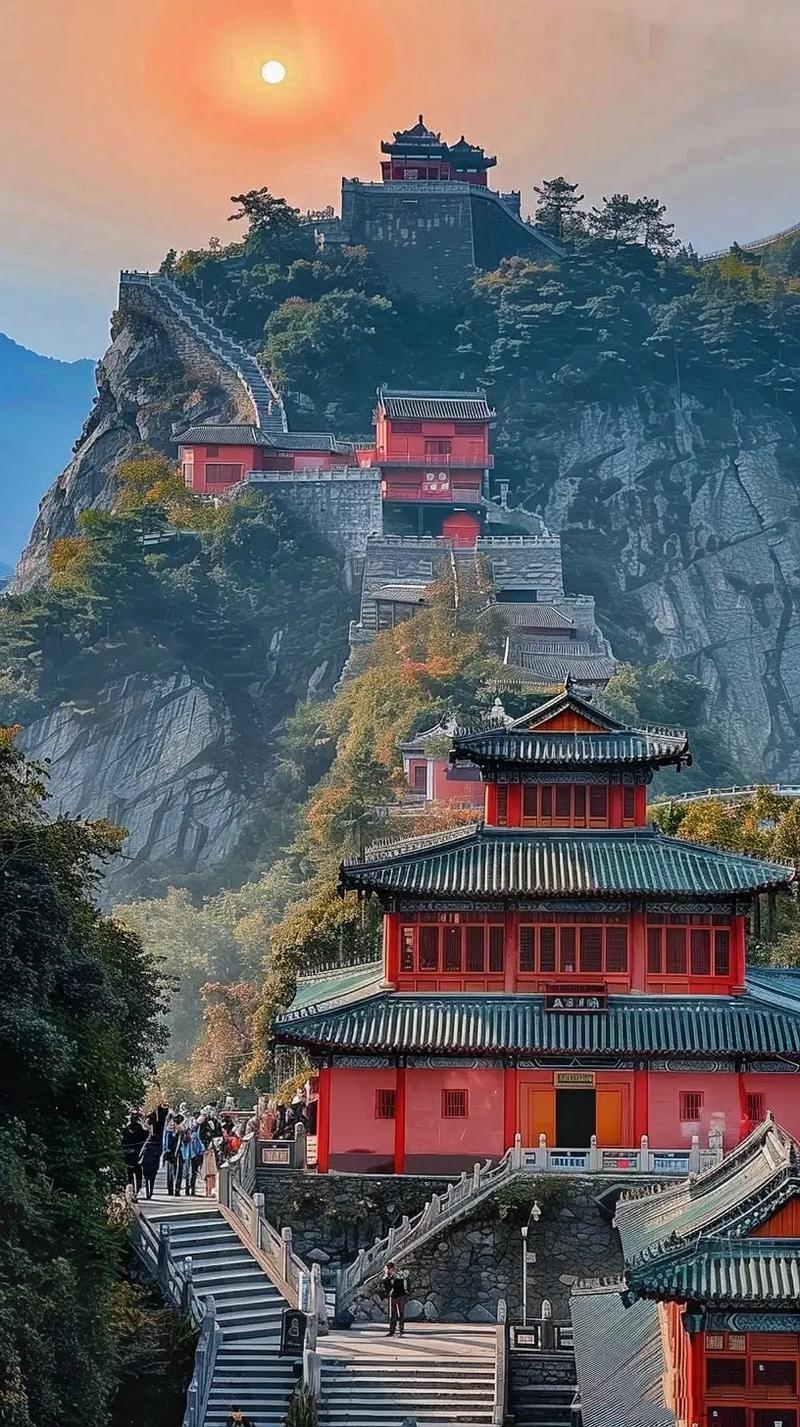
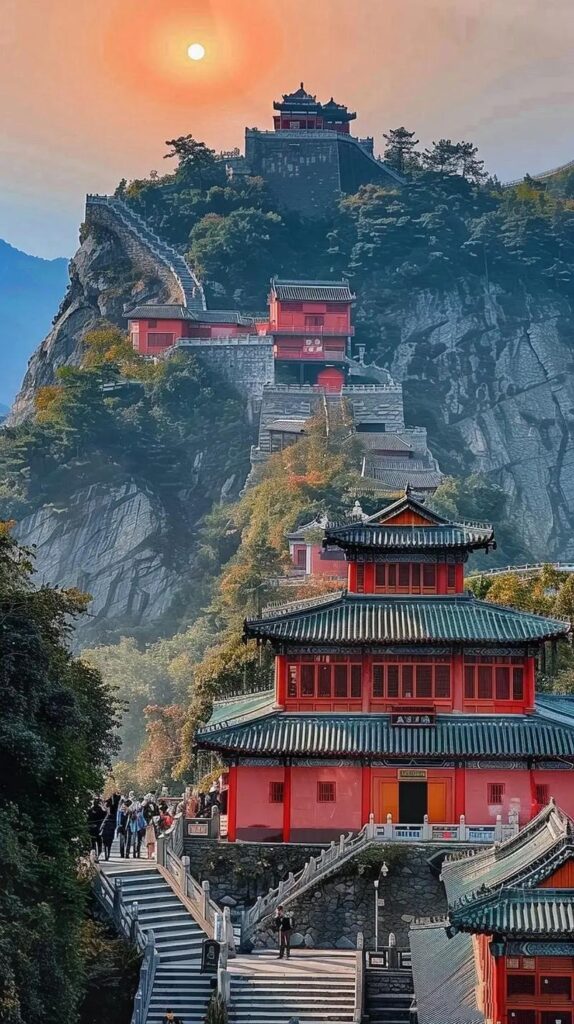

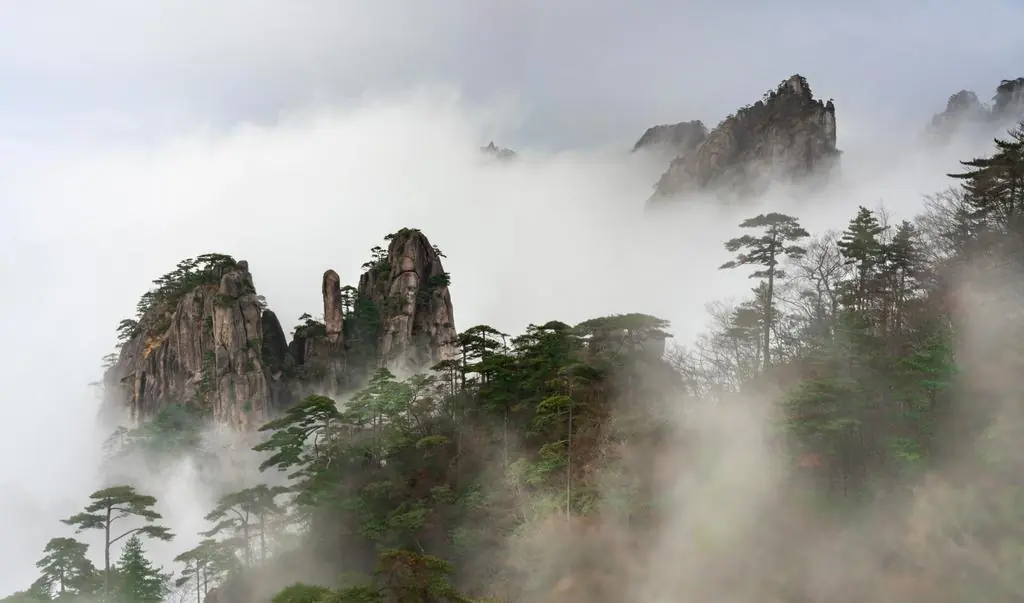
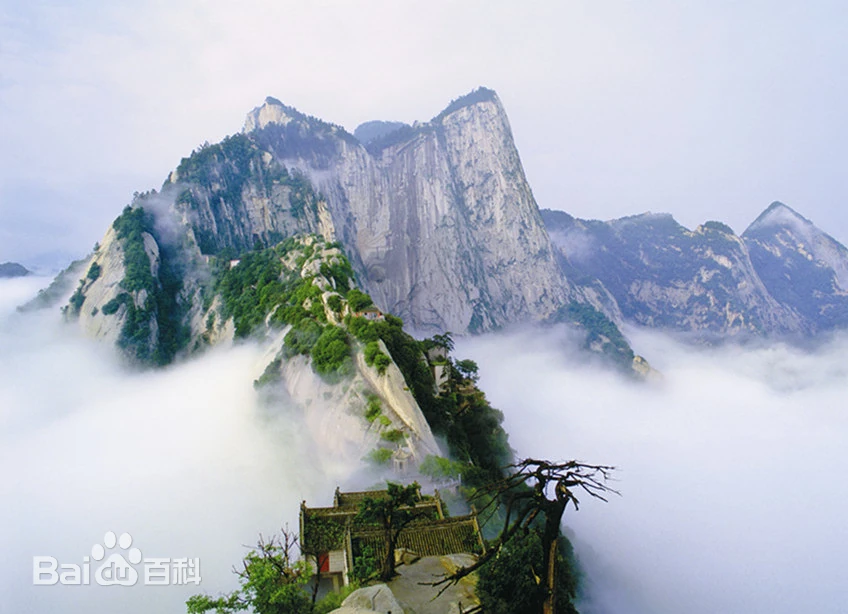
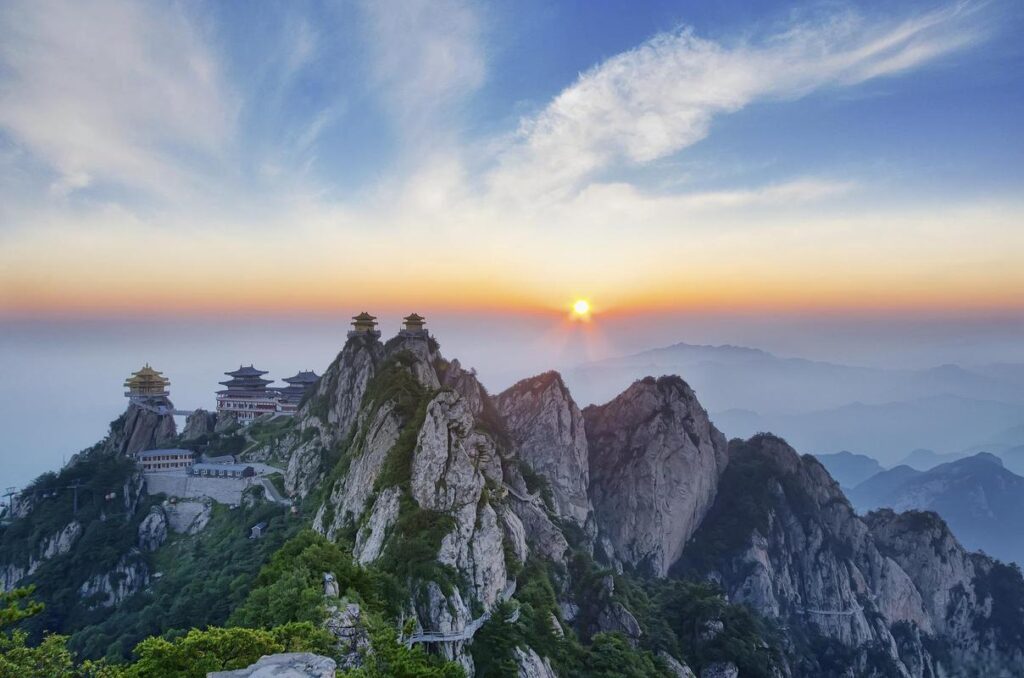
Outstanding post, you have pointed out some wonderful details , I too believe this s a very good website.